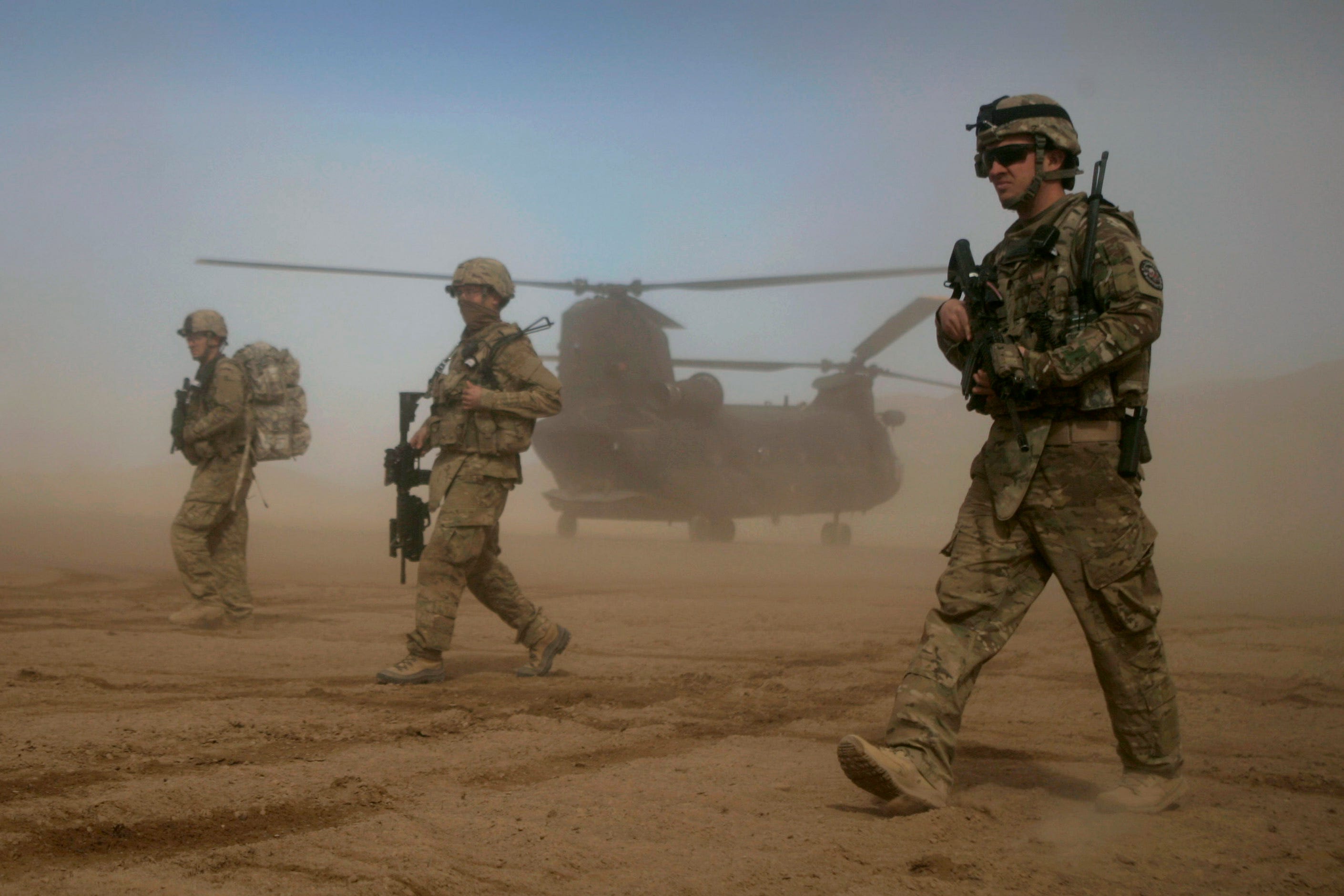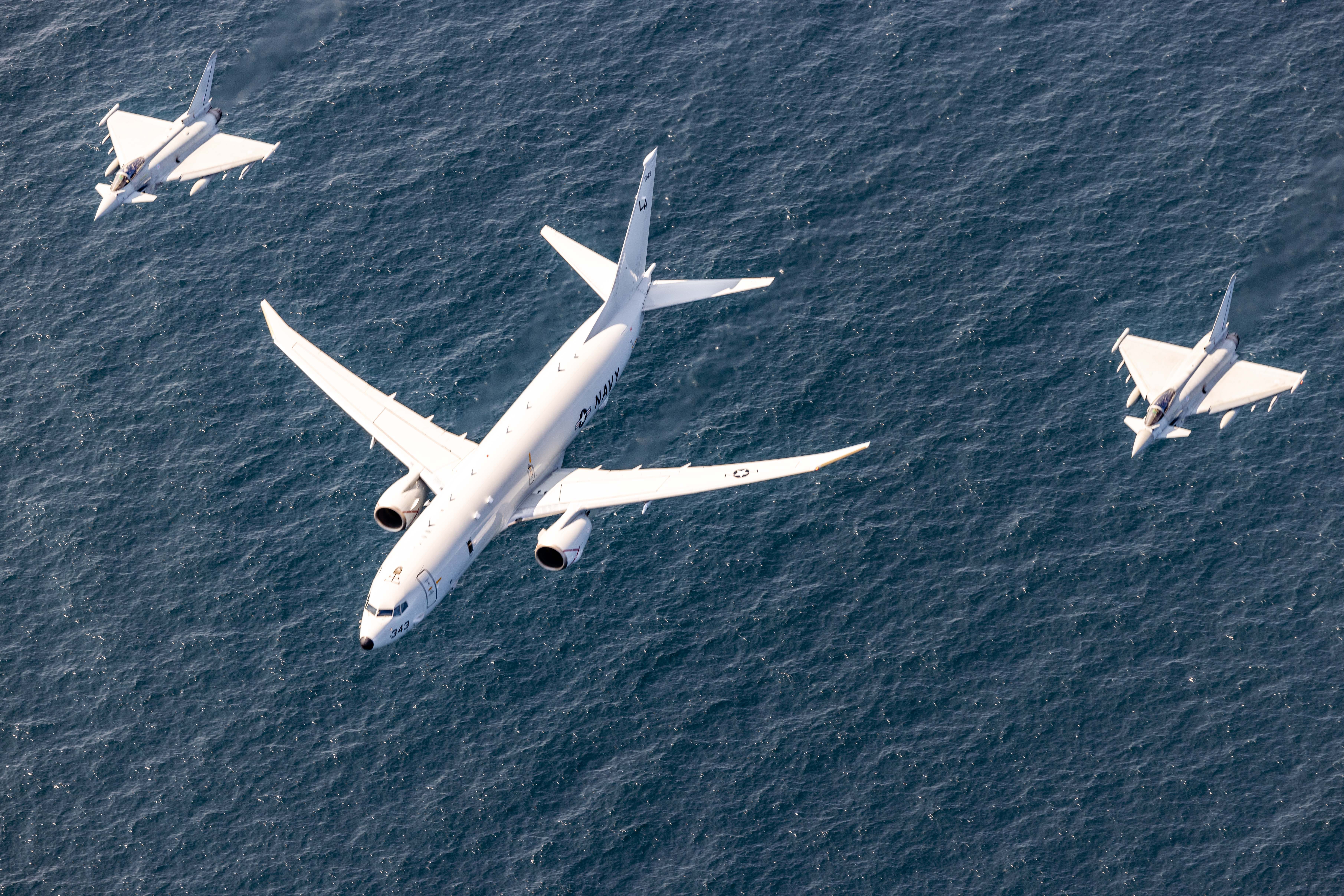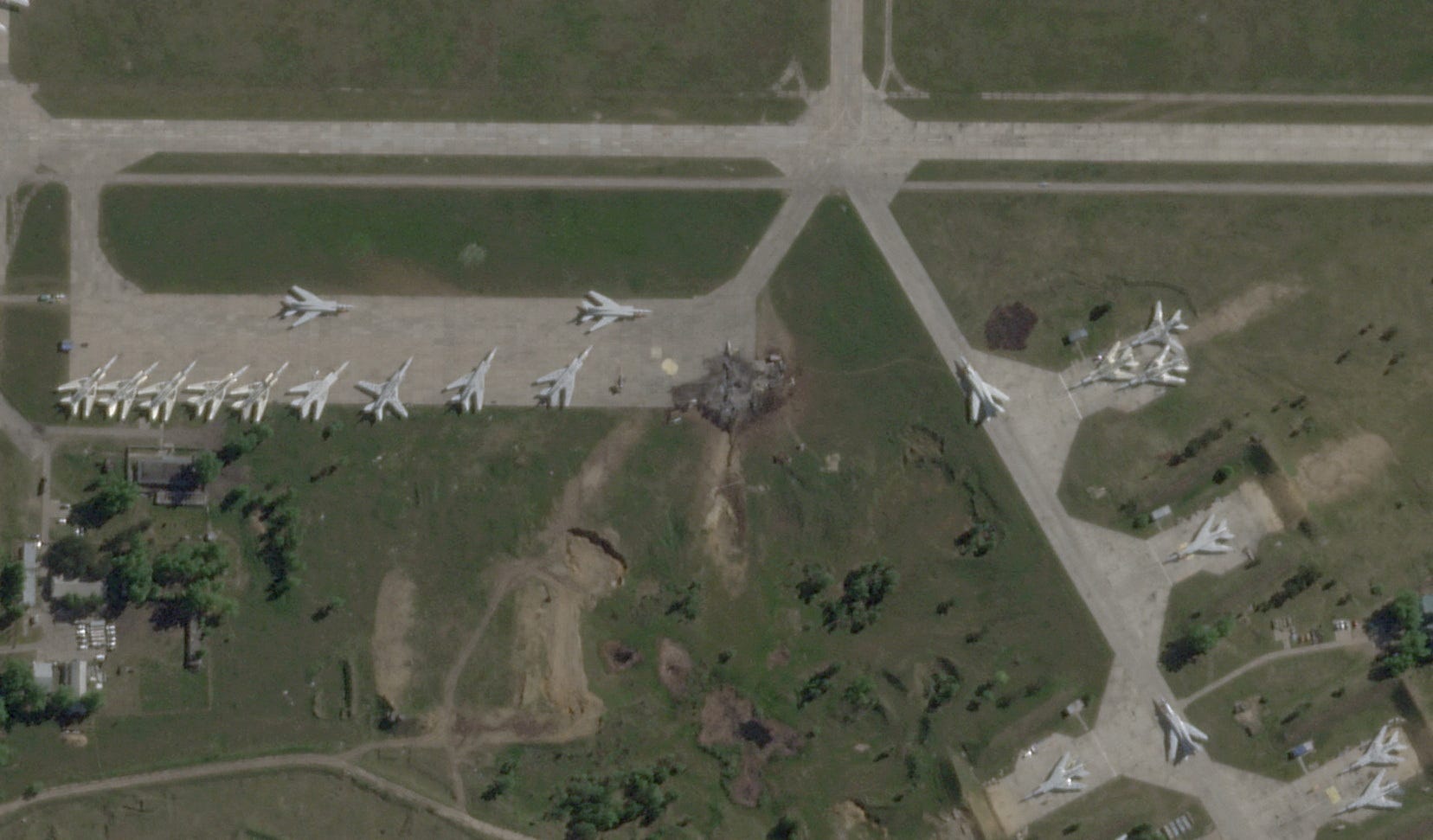
AP Photo/Thanassis Stavrakis
NATO still has work to do before it becomes the 21st-century fighting force that it needs to be, and allies need to invest heavily in their domestic defense industries, a top commander told Business Insider.
“I think it’s a struggle,” Adm. Pierre Vandier, NATO’s Supreme Allied Commander Transformation and the man overseeing alliance modernization efforts, said during an interview this week at his office in Norfolk, Virginia.
In recent decades, NATO militaries have been focused predominantly on lower-end counterinsurgency operations in places like Africa or Afghanistan, depending heavily on expeditionary forces enabled by uncontested airpower. In this context, allies thought differently about their own defense, and supporting industries were not sufficiently focused on preparing the alliance for a modern war against a top adversary.
Russia’s full-scale invasion of Ukraine in February 2022 set off alarm bells throughout NATO, with Western officials warning that Moscow could feel emboldened to push deeper into Europe if it wasn’t adequately deterred, presenting the alliance with the possibility of a large-scale conventional war or worse.
The past three years have seen many NATO states dramatically boost their defense spending and buy more weaponry. Countries along the eastern and northern edges — the front lines of the alliance, as they share borders with Russia — are hardening their defenses. However, many still argue that there’s more work to be done.

Hoshang Hashimi/AP
“I think we forgot all the big principles of a symmetric war, and so it’s where we need to reinvest,” Vandier said, referring to a conflict in which combatants are more evenly matched. He added that because the defense industrial base shrank so much over the years, ramping it up is “very difficult.”
Delivering on high-end platforms like warships, fighter jets, and missiles can be a yearslong process. A single F-35 stealth aircraft, for instance, takes around 18 months to build.
Vandier warned that if a fight breaks out before NATO has sufficiently bolstered its defenses, the alliance could have a major problem.
He acknowledged that NATO still has a long way to go to reach its full potential as a modern fighting force. Member countries are pledging to spend more of their respective GDPs on defense, but the process of going from funding projects to delivery is far from quick.
“It’s a question of speed,” Vandier said.

US Army photo by Sgt. Marita Schwab
In 2014, when Russia illegally annexed the Crimean peninsula, NATO members agreed to spend 2% of their national GDP on defense. Since then, amid increased Russian aggression, the number of allies that have met or exceeded that goal has steadily risen from three to 22 last year.
Earlier this week, NATO Secretary General Mark Rutte said all allies will reach the 2% target this year, though he is calling for heads of state to agree to a new target — 5%, in line with calls from the Trump administration — at a summit later this month.
“The fact is, we need a quantum leap in our collective defense,” he said Monday at an event in London. “We must have more forces and capabilities to implement our defense plans in full. The fact is, danger will not disappear even when the war in Ukraine ends.”
Modernizing at speed
In its quest to become a modern fighting force, NATO is also focused on integrating asymmetric solutions like drones and other new emerging technologies into its planning. The conflicts in Ukraine and the Middle East have highlighted the value of uncrewed systems.
Vandier and his Allied Command Transformation are at the forefront of these efforts. One initiative they’ve rolled out is Task Force X, an experiment underway in the Baltic Sea that uses drones, artificial intelligence, and other tech to monitor and deter aggressive Russian activity in the region.

US Marine Corps photo by Lance Cpl. John Allen
Unlike the West’s traditional weapons procurement process, which can be slow, Task Force X is NATO’s attempt to showcase its speed by quickly deploying cheap and readily available systems to counter Russia. It is simultaneously working to integrate emerging tech with traditional maritime operations.
Vandier emphasized the importance of achieving what he described as “digital transformation at speed.” He said that another crucial element in NATO’s efforts to modernize is leveraging commercial space to improve command, control, communications, and computers, simply known as C4, and intelligence, surveillance, and reconnaissance capabilities.
“These are, I think, the two most critical domains for the alliance at war,” the commander said.
Meanwhile, NATO just shared it has signed a contract with US commercial satellite imaging company Planet Labs PBC in a first-of-its-kind agreement that will give the alliance expanded surveillance capabilities, helping it track potential threats such as new defensive fortifications or large troop build-ups along the eastern edge.
Vandier said that, aside from the US, no other country in NATO had this capability and stressed that if America pivots all its surveillance focus to the Pacific, the alliance needs to be self-sufficient and have the resources to keep tabs on Russia, Ukraine, and the rest of Europe, from the Arctic down to the Black Sea.

Planet Labs PBC/via REUTERS
The seven-figure agreement is another example of NATO’s efforts to modernize at speed and firm up Europe’s defenses.
“We’ve been able to do that in three months, from idea to delivery,” Vandier said. “Three months to find the money, make the contract, put that in the field.”
The post NATO needs to get ready for modern war — and fast, top commander tells BI appeared first on Business Insider.




